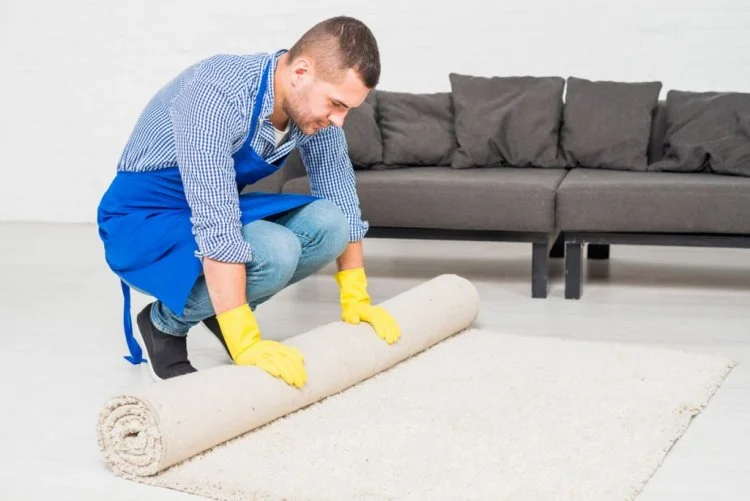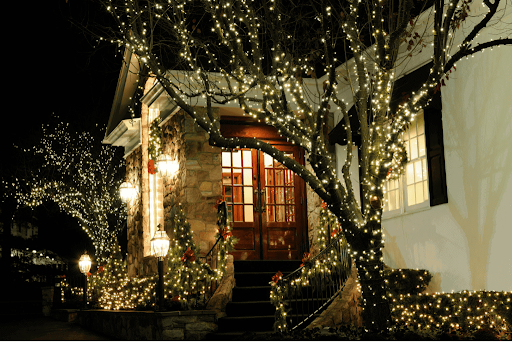In the world of fluid and gas control, valves play a vital role in managing flow, pressure, and safety across a wide range of industries. One of the most commonly used and versatile types of valves is the butterfly valve. Whether you’re building a municipal water network, an industrial automation system, or a fire protection line, butterfly valves can offer the performance and reliability your system needs.
At resilientgatevalve, we specialize in manufacturing and supplying high-quality valves, including Resilient Seated Sluice Valves, Metal Seated Sluice Valves, Air Valves Single and Double, Non Return Valves, and Pressure Reducing Valves. In this article, we cover everything you need to know about butterfly valves—from their structure and working principles to their advantages, applications, and how they fit into larger valve systems.
What Is a Butterfly Valve?
A butterfly valve is a quarter-turn rotational motion valve that is used to stop, regulate, and start fluid flow. The key component is a disc mounted on a rotating shaft. When the valve is fully open, the disc aligns with the flow, allowing nearly unrestricted passage. When the valve is closed, the disc rotates to block the flow entirely.
Due to their simple operation, butterfly valves are widely used for both isolation and throttling applications. Their compact design, fast actuation, and affordability make them a top choice in pipelines ranging from a few inches to several feet in diameter.
Key Components of a Butterfly Valve
Butterfly valves are relatively simple in design. Their main components include:
-
Body: The housing of the valve that holds everything together.
-
Disc: The movable element that rotates to open or close the valve.
-
Shaft: Connects the disc to the actuator or handle.
-
Seat: A seal that ensures zero leakage when the valve is closed.
-
Actuator or Handle: Mechanism for manual or automated operation.
At resilientgatevalve, our butterfly valves are engineered for high durability, smooth operation, and compatibility with electric, pneumatic, and manual actuators.
Types of Butterfly Valves
There are several types of butterfly valves, each suitable for specific applications:
1. Wafer Type
Designed to fit between two flanges, wafer-style butterfly valves are cost-effective and easy to install.
2. Lug Type
These have threaded inserts (lugs) on both sides of the body, allowing them to be installed in systems where one side may need removal without disrupting the other.
3. Double Offset and Triple Offset
Used in high-performance or critical applications, these designs reduce friction on the disc and seat, improving longevity and tightness.
Advantages of Butterfly Valves
Butterfly valves offer a host of benefits that make them a preferred solution in many industries:
✅ Compact and Lightweight
Their design requires less space and weight compared to gate, globe, or ball valves—reducing installation costs and structural support requirements.
✅ Fast Operation
A quarter-turn (90 degrees) opens or closes the valve, making it perfect for applications requiring rapid shutoff.
✅ Cost-Effective
With fewer parts and easier maintenance, butterfly valves are more economical for large-diameter or high-volume applications.
✅ Versatile
They can handle water, air, steam, gas, slurries, and some chemicals—making them suitable for varied environments.
Common Applications of Butterfly Valves
Butterfly valves are found in a wide array of sectors, thanks to their adaptability and durability. Some of the most common uses include:
-
Water treatment plants
-
HVAC systems
-
Fire protection systems
-
Food and beverage processing
-
Chemical and pharmaceutical industries
-
Power generation
-
Marine and shipbuilding
These valves often work in coordination with other critical components. For example, in large pipelines, butterfly valves are installed alongside Air Valves Single and Double to ensure the smooth release of trapped air, maintaining flow efficiency.
Butterfly Valves in a Complete System
While butterfly valves handle flow regulation, complete fluid systems also need other types of valves for safety, control, and protection. Here’s how butterfly valves integrate with other essential components:
🔹 Resilient Seated Sluice Valve
A Resilient Seated Sluice Valve offers bubble-tight shutoff for isolation purposes. As a reputed Resilient Seated Sluice Valve Manufacturer, resilientgatevalve ensures these valves work seamlessly with butterfly valves in water and wastewater systems.
🔹 Metal Seated Sluice Valve
For high-temperature or abrasive conditions, a Metal Seated Sluice Valve provides superior durability. Butterfly valves are used upstream for fast isolation, while metal seated sluice valves provide long-term sealing.
🔹 Non Return Valve
Also known as a check valve, a Non Return Valve prevents backflow and protects equipment such as pumps and compressors. Used in tandem with butterfly valves, they ensure proper flow direction and system integrity.
🔹 Pressure Reducing Valve
In systems with fluctuating inlet pressures, a Pressure Reducing Valve stabilizes downstream pressure. Butterfly valves then manage flow, ensuring smooth operation without pressure surges.
Manual vs. Automated Operation
Butterfly valves can be operated manually with levers or gearboxes, or automatically using electric or pneumatic actuators. In industrial and municipal applications, automation offers several advantages:
-
Remote control via SCADA systems
-
Timed or sensor-based operation
-
Improved safety and speed
-
Reduced manpower requirements
At resilientgatevalve, we offer customized butterfly valve packages with actuators that integrate effortlessly with modern automation systems.
Maintenance and Durability
Butterfly valves are known for their low maintenance and long service life. Their fewer moving parts mean there’s less wear over time. That said, regular inspection and proper installation are key to maximizing their performance.
High-quality valves, like those produced by resilientgatevalve, are designed with durable seats and corrosion-resistant materials to perform reliably under challenging conditions, including underground or submerged environments.
Selecting the Right Butterfly Valve
Choosing the correct butterfly valve depends on various factors:
-
Media: Water, chemicals, air, or slurry?
-
Pressure and Temperature: Operating ranges and required safety margins
-
End Connection: Wafer, lug, flanged, or grooved
-
Actuation: Manual, electric, or pneumatic?
-
Size and Space Constraints: Especially in retrofitting or confined areas
Our experts at resilientgatevalve assist customers in evaluating their project needs and selecting the most appropriate valve type and configuration.
Why Choose resilientgatevalve?
As a trusted Resilient Seated Sluice Valve Manufacturer and supplier of industrial valve solutions, resilientgatevalve has built a strong reputation in the industry for quality, performance, and customer support.
We offer a complete range of valve products including:
-
Butterfly Valves
-
Metal Seated Sluice Valves
-
Air Valves Single and Double
-
Non Return Valves
-
Pressure Reducing Valves
Our valves are built to meet international standards, and our technical team is always ready to assist with product selection, customization, and after-sales support.
Conclusion
Butterfly valves are a smart, efficient, and cost-effective solution for controlling flow in diverse systems. Their simple design, fast operation, and adaptability make them a favorite among engineers and project planners.
Whether you’re building a new water treatment plant or upgrading an existing process line, butterfly valves from resilientgatevalve can provide the durability and performance your system demands.
Combine them with Non Return Valves, Air Valves, and Pressure Reducing Valves for a comprehensive, reliable, and efficient fluid control network.






